Current Research
Experts throughout the region and across the country are continuing to research European frog-bit and its effects on the ecosystem, environment, and economy. Scroll through the summaries below to learn about the great work being done by academics, agency representatives, and others involved in EFB research. Are you performing EFB research you would like us to highlight? Contact us at efb@glc.org.
BLANK
Habitat suitability
Loyola University Chicago researchers developed EFB habitat suitability models and used predictors to understand the likelihood of EFB occurrence to evaluate effects of EFB on aquatic macroinvertebrate communities. New research aims to optimize the early detection of EFB by testing the efficacy of surveying approaches informed by models, proximity to known populations, and surveyor knowledge.
Boise State University researchers used geospatial datasets, such as simulated water depth and satellite radar imagery, to understand how these factors influence EFB occurrence and found that predicted EFB habitat suitability decreases as Great Lakes water levels decrease. New research aims to create inland habitat suitability models using 2023 field data and integrate the products into mapping engines such as ESRI or Google Earth.
Distribution and impacts
Lake Superior State University (LSSU) researchers sampled sites in the St. Marys River to understand EFB’s ecological effects and found a substantial decrease in percentage cover after the first removal of EFB. New LSSU research aims to assess the impacts of EFB on fish composition and the inter-annual variation of EFB at sites in the St. Marys River.
Genetic diversity
U.S. Army Corps of Engineers (USACE) researchers are working to understand the genetic diversity of EFB in its invasive and native ranges. Goals of this research include guiding foreign exploration for biocontrol, monitoring EFB’s spread, and mapping EFB genetic diversity.
Gene silencing biotechnology
Through a collaborative effort between the U.S. Geological Survey (USGS) and U.S. Army Corps of Engineers (USACE), researchers are developing a novel species-specific and environmentally benign gene silencing biotechnology for invasive EFB control. The USGS Great Lakes Science Center, in collaboration with Louisiana State University researchers, is sequencing and annotating the EFB genomes to investigate the root genomic cause for its invasiveness and identify essential genes for RNA interference treatment.
USACE scientists at the U.S. Army Engineer Research and Development Center (ERDC) are characterizing target essential genes, designing various types of gene silencing agents (GSAs) and screening these GSAs to identify effective GSAs and determine their optimal application rates.
For more information, contact:
Dr. Ping Gong, Email: Ping.Gong@usace.army.mil; Phone: (601) 634-3521
